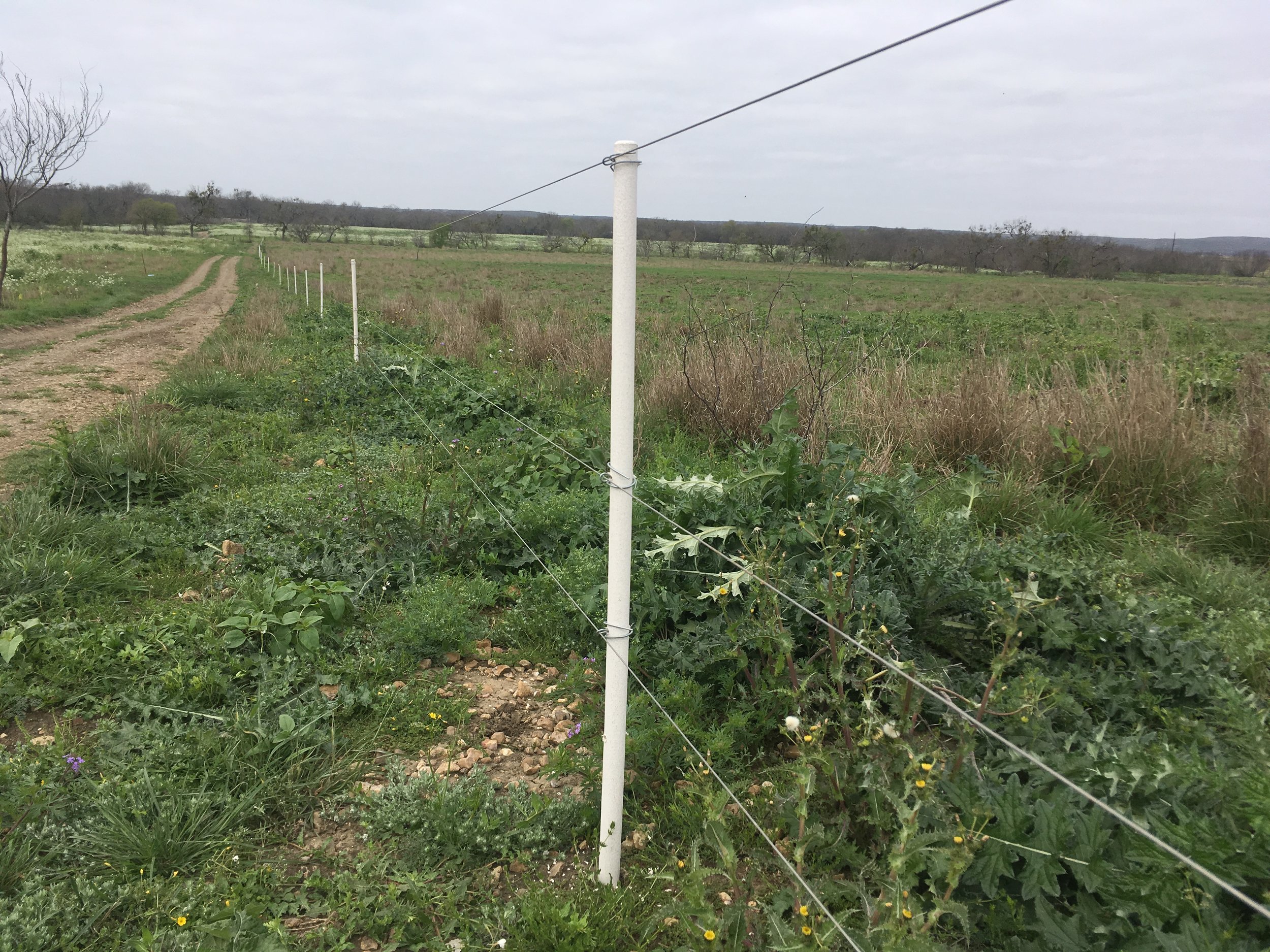What should we be spending our money on?
For those of you who don’t know me well you will quickly discover that I am really frugal. Of course, just like anyone else in the ranching business I spend money and lots of it. First and foremost my goal is to make a profit. I have learned over the years that if you are going to be in the ranching business and stay profitable that frugality must be taken seriously. The margins just aren’t good enough to support bad spending habits. Even for businesses like ours that direct market our products and fetch a high retail dollar the margins are still nominal after direct expenses and overheads are covered. We must all take into careful consideration the investments that we make into our ranches. I focus on one thing: increasing my profits. Everything else will follow suit.
What is important to invest in? Too often in agriculture we think new equipment is the best investment we can make. It “saves” us money when it comes to paying taxes and helps make life a little easier. I don’t believe that new tractor or RTVs are an investment at all. They are a depreciable asset. Parker Creek Ranch spends $10k plus some every year on just repairs and maintenance. We own one good John Deere 4055 tractor, a welder, a Chevrolet 2500 HD ranch truck, a 2012 Kubota RTV and a newer Polaris 450 ATV. The tractor is an absolute necessary item at this point to maintain our leased properties as the landlords see fit. We have a few basic implements for the tractor including a seed spreader, bale unroller, post hole digger, shredder (which I’m about to get rid of), grapples for the bucket, pallet forks and a sub-soiler. That’s it folks! These are the most basic necessities in my opinion. One might argue that the tractor or other implements make unrealized profits possible. If your in the livestock business you really don’t need anything beyond my list to run a successful ranching business. Quite honestly I don’t need to Polaris ATV, but it just happens that the Kubota is getting old and the Polaris is my back up. I hope I have made the case that equipment is not an investment and regardless of what equipment you run there will be substantial expenses involved.
Let’s talk about depreciation and taxes. All of this equipment depreciates. It depreciates on your taxes as a “depreciable asset” and it decpreciates in real time. At some point it depreciates so much that it is no longer worth keeping around. As equipment ages the bills start to stack up. You can avoid some of this by purchasing the very best you can afford. When it comes to equipment of any kind you “get what you pay for.” You can also turn it over at the end of the depreciation cycle, which for most equipment is seven years. Keep the machine in good condition so that it has high resale value. Resale it and purchase a new one. You just might be able to avoid the high repair bills by doing so. A better alternative is to rent or hire a custom operator. I am not a believer in buying equipment just to avoid paying taxes at the end of the fiscal year. I figure that if I owe taxes via our LLC then I made a profit and things are headed in the right direction. We all benefit from taxes in one form or fashion. As libertarian as I claim to be, I do appreciate things like a nice highway to drive on, good public schools for my children and so on.
So what do I think is worthy of spending our hard earned money on? Three things: fencing, water and livestock. The fencing and water are necessary to manage the livestock in a manner that is good for the soil. The livestock is where we get our return on investment and derive a profit from. As long as you have forage available, time/labor (management), and don’t overstock then purchasing livestock is never a bad thing. Just make sure your buying stock that fits your environment and is profitable. Don’t get sucked into livestock that doesn’t work for you. I am really frugal about the way we spend money on fencing and water. All of our fences are electric that cost anywhere between $700 and $1800 per mile to construct. This depends if I’m using a single wire for cattle or three for cattle/sheep. Our watering system simply consists of pipe, valves and one portable trough. It is a really simple, cost-effective livestock management system. The overwhelming point is that when it comes to infrastructure or anything to be quite honest with you keep it simple! Our planned grazing system is designed for high stock density grazing (when applicable) and long rest periods. Planned grazing can increase and enhance your production of forage as your soil heals, thus allowing you to stock more animal units per acre. This doesn’t happen over night folks! I am just beginning to see the positive effects of our management and we have been doing it for a decade. If I can stock more animal units per acre that means I am making more profit on the same land base. It’s like buying (or leasing in my case) a second ranch for free! With the cost of land and lease pricing going up who wouldn’t appreciate increasing carrying capacity?
Thank you for reading my blog. If you have any questions or comments feel free to post them below or e-mail me directly at mail@parkercreekranch.com.
,Travis Krause






